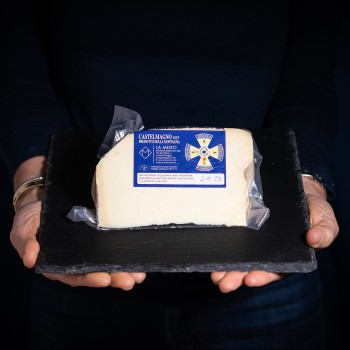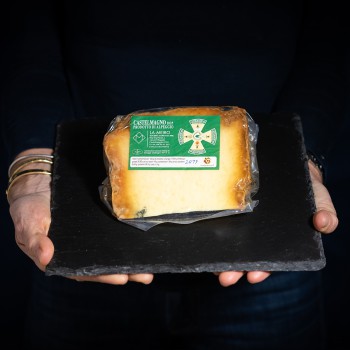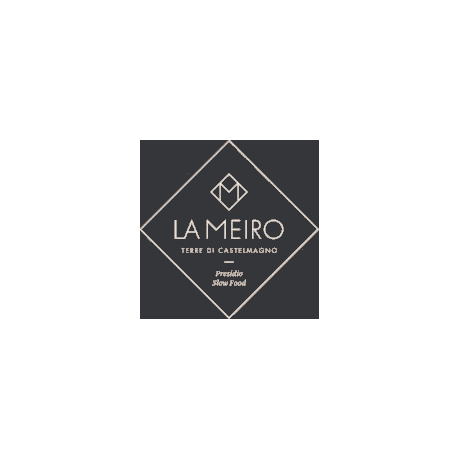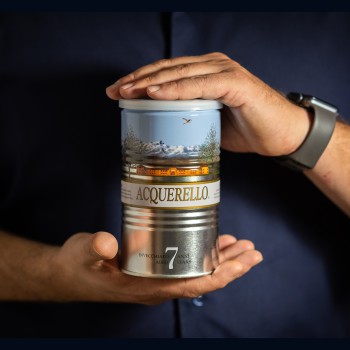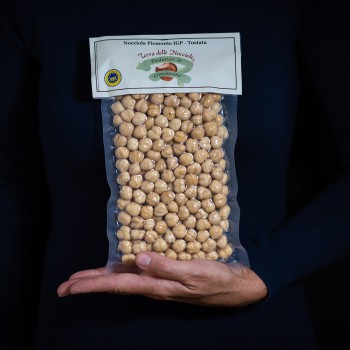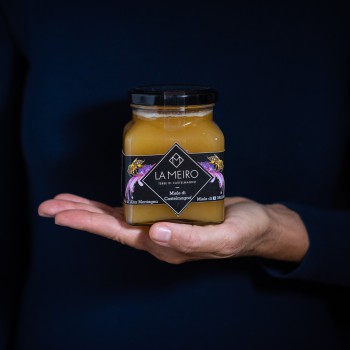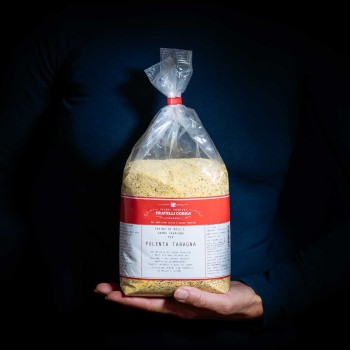- Meat & Seafood add remove
-
Cured meats & Cheeses
add remove
- Pasta & Pizza add remove
-
Preserves & Condiments
add remove
- Truffles, legumes & mushrooms add remove
- Desserts & snacks add remove
- Organic
- Tasting Selections
- Christmas
- Regali aziendali
- Brands
- Meat & Seafood add remove
-
Cured meats & Cheeses
add remove
- Pasta & Pizza add remove
-
Preserves & Condiments
add remove
- Truffles, legumes & mushrooms add remove
- Desserts & snacks add remove
- Organic
- Tasting Selections
- Christmas
- Regali aziendali
- Brands
Castelmagno cheese
Castelmagno cheese: a gem from the mountains
Castelmagno is a fatty, semi-hard cow milk’s cheese. It is a protected designation of origin certified product, as well as one of the most famous cheeses in Italy.
It was first born in Castelmagno, a very small municipality in the province of Cuneo. Almost 1,000 people lived there at the end of the 19th century, while current population has shrunk down to only 59 inhabitants. Industrialisation and rural-to-urban migration led to a progressive abandonment of mountain areas and the declining population of Castelmagno is proof of that.
That’s why it is so important to protect and promote this traditional cheese, as a symbol of the mountain, its pastures and stables, as well as of the craft and tenacity of herders.
Castelmagno di Montagna PDO mountain cheese - 6/12 months - 400g
Castelmagno d'Alpeggio PDO from alpine pasture - Slow Food - 400g
The brand we selected
How is Castelmagno cheese made?
Castelmagno is a PDO certified product: the area of origin is described in the product specifications, as well as each production step.
Let’s start by talking about milk; it comes from selected cattle breeds which are reared the traditional way, without using any chemical feed additives, and which are milked maximum twice a day.
Raw milk is simply heated to 38 degrees and then liquid calf rennet is added. After coagulation, the curd is cut twice: the first time it is roughly cut, while the second time it is cut into smaller grains, not bigger than a hazelnut.
It is left to rest for 35 minutes and then the curd is extracted. As tradition dictates, a dry and clean cloth is used. The curd is then pressed by hand and left to hang for at least 18 hours, to drain off excess whey.
Afterwards, it is put in special containers and plunged in whey once again at a least 17 °C. The fermentation step begins, which lasts 2 to 4 days. Then the curd is cut once again, finely minced and mixed.
It is time to mould the cheese: the curd is enveloped in specific cloths and placed in cheese strainers, where it is manually or mechanically pressed for at least a day. It then undergoes only a dry-salting process which helps the cheese rind develop consistency.
Ripening begins here; it lasts at least 60 days at a temperature ranging from 5 to 15 °C and a humidity between 70 and 98%. This is where the magic happens, and it is all thanks to the cool and humid natural caves, where the ripening takes place.
Mountains, land, La Meiro
Only few products are so deeply connected to their land as this cheese. Castelmagno is a synonym of mountains, pastures, alpine pastures and craft. They are deeply intertwined to each other.
With the purpose of bringing Castelmagno back to its former glory, Giorgio and Andrea Amedeo decided to move back to the mountains, to Chiappi, i.e. the highest district of the municipality of Castelmagno. The alpine pastures of their company - La Meiro - are located more than 1,700 m above sea level; that’s why the grass is so scented, the milk is so delicious and the cheese is simply extraordinary.
Nature dictates the pace of life here: cows live in the stables during the winter, where they are fed with hay, while in the summer they live in the wild and graze forage they find in the pastures.
The milk - and hence the cheese - is different. Castelmagno mountain cheese is produced between the months of October and May: its paste is ivory in colour and the cheese rind is brownish to red with a visible marbling.
The ripening period changes the flavour, too. Young cheeses taste like milk, while aged cheeses have long-lasting, vegetal notes. If the aging period is particularly long, the layer under the rind becomes creamy.
Castelmagno cheese from the alpine pastures is a Slow Food Presidium. It is only made in the summer time, when the milk smells like wild herbs and pasture flowers. The scents of flowers and herbs give this cheese a unique, long-lasting and aromatic flavour.
Castelmagno cheese by the company La Meiro is special, since it ages longer than the aging period required by product specifications, and it only ages in Roman turf caves which are located 5 metres underground with a constant humidity of 90 %. Nothing is left to chance here and the result is simply one of a kind.
Castelmagno in the kitchen
Castelmagno is a complex cheese with a rich and long-lasting flavour. Given its special consistency, it is ideal to make sauces and fillings for fresh pasta. It is also great for gnocchi, risotto or pasta, too.
It pairs exceptionally well with polenta and with mushrooms, too.
A little bit of history
The story of Castelmagno cheese is shrouded in mystery: there are only few proofs of its existence. It was first mentioned in a ruling in 1277 that obliged the municipality of Castelmagno to pay a yearly fee to the marquis of Saluzzo. How was the municipality supposed to pay? In cash? Bars of gold? By ceding lands? No, the marquis of Saluzzo wanted to be paid with seven Castelmagno cheese wheels - he got his priorities straight!
Castelmagno cheese was then mentioned in another official document only in 1722 and, even in this case, this cheese was part of a fee to be paid to feudal lords, as the King Victor Amadeus II ordered.
In the 19th century, Castelmagno cheese enjoyed considerable success: it spread all over Europe and could be found listed on the menus of the most prestigious restaurants in London and Paris.
Then, the beginning of the 20th century witnessed its decay which was to last until the 60s. Wars, industrialisation, the abandonment of mountain areas and the declining population in high-altitude small villages threatened the survival of this incredible cheese.
The early 80s finally witnessed a recovery in production. Gianni de Matteis - mayor of Castelmagno from 1970 to 1986 - promoted this cheese which obtained the controlled designation of origin in 1982 and the PDO label in 1996.


























